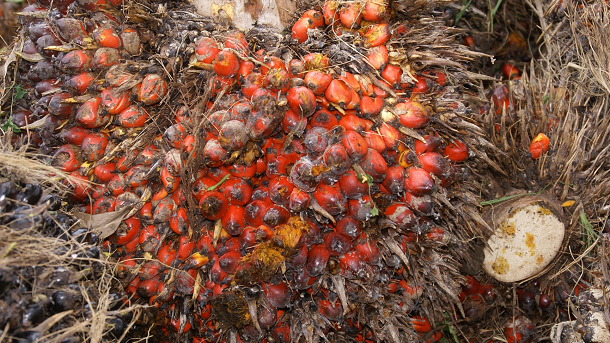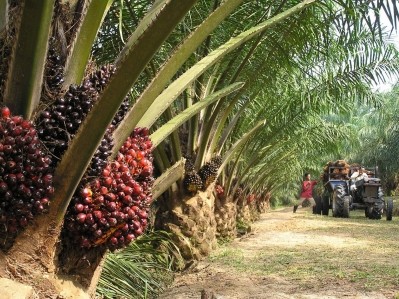Indonesia’s palm oil exports expect limited growth

Palm oil is used in 70% of cosmetics and personal care products, from shampoo to make-up, though the industry is small in comparison to others when it comes to palm oil consumption.
Indonesia is the world’s top palm oil supplier but Gapki figures suggest that its exports will rise by just 2.5% to 22.3 million tons in 2015 compared to 2014 as purchases from major buyers, such as China and India, is expected to plateau as the economic slowdown takes effect and other vegetable oils increase competition.
Key markets down
According to Gapki’s executive director Fadhil Hasan, exports to India in 2014 reached 5.1 million tons, down 17% compared with last year in which the export volume reached 6.1 million tons.
This was down to various factors such as slowing economic growth in India due to high domestic inflation, the weak exchange rate of the rupee against the US dollar, and India also raised import duties of crude vegetable oil / crude from 2.5% to 7, 5%, while for refined oil from 7.5% to 15%.
It was a similar story in China as the volume of Indonesian exports only reached 2.43 million tons, down 9% compared to the year 2013 where the export volume reached 2.67 million tons.
The economic growth of China's economy is slowing, so bank trust level is decreasing, while there are also high soybean stocks in the country, which are affecting the country’s growth.
Promise
Whereas traditionally key markets are stuttering, there has been an increase in the volume of palm oil exports to other markets, such as the US and the Middle East.
In 2014, palm oil exports to the US increased by 25% from 381.4 thousand tons in 2013 to 477.2 thousand tons in 2014, whilst in the Middle East countries it increased 16% last year compared to 1.98 million tonnes in 2013.






![[Getty Images]](/var/wrbm_gb_food_pharma/storage/images/_aliases/wrbm_tiny/publications/cosmetics/cosmeticsdesign-asia.com/china/china-focus-latest-developments-in-china-s-booming-beauty-market22/17370102-1-eng-GB/China-focus-Latest-developments-in-China-s-booming-beauty-market.jpg)
![YSL's LoveShine launch has sparked a demand surge in Japan. [YSL]](/var/wrbm_gb_food_pharma/storage/images/_aliases/wrbm_tiny/publications/cosmetics/cosmeticsdesign-asia.com/article/2024/04/24/ysl-loveshine-launch-propels-lip-gloss-sales-to-record-highs-in-japan-since-2020/17372064-1-eng-GB/YSL-LoveShine-launch-propels-lip-gloss-sales-to-record-highs-in-Japan-since-2020.jpg)
![There is significant scope for innovation and new launches in the hair repair sector, especially in soaring markets such as China. [Getty Images]](/var/wrbm_gb_food_pharma/storage/images/_aliases/wrbm_tiny/publications/cosmetics/cosmeticsdesign-asia.com/article/2024/04/24/croda-zeroes-in-on-hair-repair-solutions-as-damage-hair-concerns-surge-in-markets-like-china/17362731-1-eng-GB/Croda-zeroes-in-on-hair-repair-solutions-as-damage-hair-concerns-surge-in-markets-like-China.jpg)



![Lubrizol has extended its partnership with C-beauty major PROYA. [PROYA]](/var/wrbm_gb_food_pharma/storage/images/_aliases/wrbm_tiny/publications/cosmetics/cosmeticsdesign-asia.com/headlines/brand-innovation/lubrizol-bullish-on-potential-of-c-beauty-growth-potential/17362515-1-eng-GB/Lubrizol-bullish-on-potential-of-C-beauty-growth-potential.jpg)